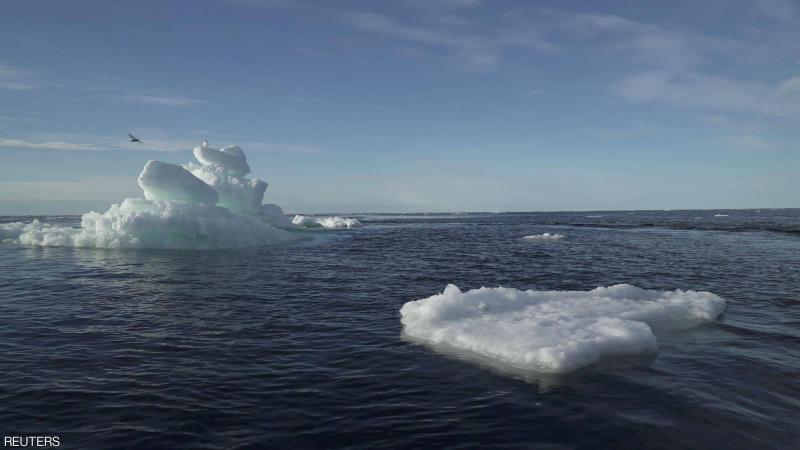A heatwave in Greenland with temperatures ten degrees higher than seasonal averages has led to "severe" melting of the ice sheet in the region this week, according to ice scientists. Since Wednesday, the ice sheet covering this vast area in the Arctic has melted at a rate of 8 billion tons per day, double the average typically recorded during the summer, based on data from "Polar Portal," a modeling tool managed by several Danish research institutes. Unusual temperatures exceeding 20 degrees Celsius have been recorded in the region, reaching record levels in northern Greenland in recent days, according to the Danish Meteorological Institute (DMI).
This heatwave, which has also affected a large part of the sprawling Antarctic region, has accelerated the melting of the ice sheet. To clarify, the massive amount of water produced from melting ice daily recently is "enough to flood all of Florida with five centimeters of water," according to "Polar Portal." Although it has not yet broken the record for daily melting rates in Greenland from the summer of 2019, the area of melted ice is larger than it was two years ago, as reported by this website specializing in monitoring the ice sheet in the Arctic.
Greenland has the second-largest ice sheet after Antarctica, covering about 1.8 million square kilometers. The melting ice raises concerns among scientists, as warming in the Arctic is occurring three times faster than the global average. The ice sheet has been shrinking for several decades, and the pace of this decline has accelerated since 1990 and continues to increase. The melting season in the region typically runs from June to early September. As of now in 2021, the rate of decline of the ice sheet remains within normal levels, according to "Polar Portal."
A European study published in January indicated that the melting of the Greenland ice sheet would contribute to a rise in sea levels of 10 to 18 centimeters by 2100, at a pace that is 60% faster than previous estimates.




